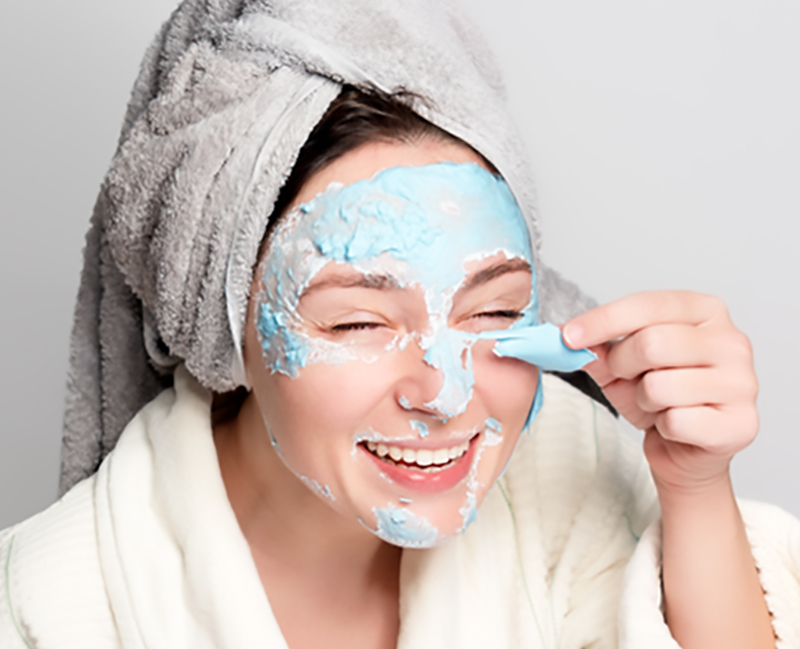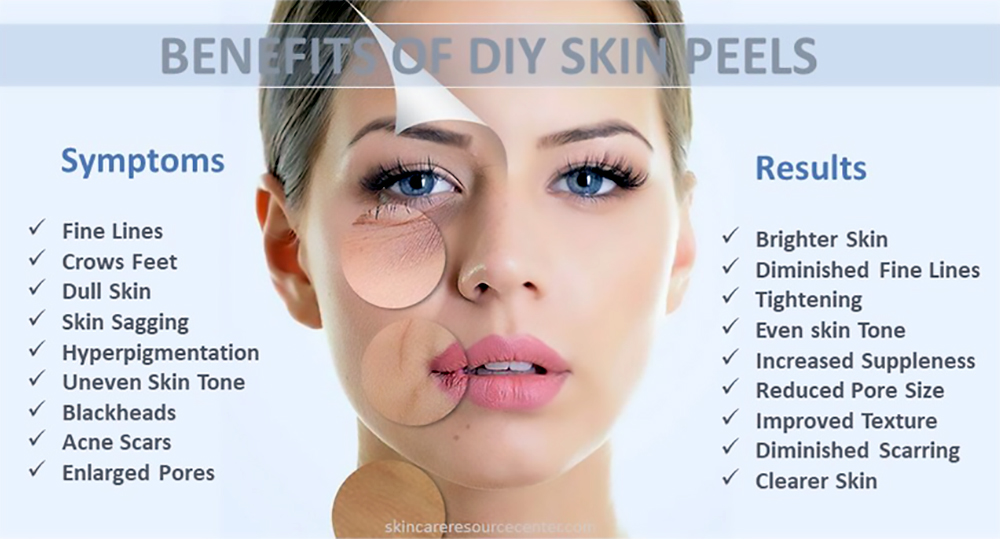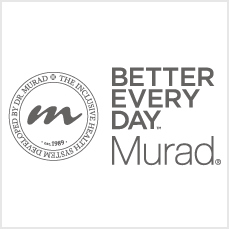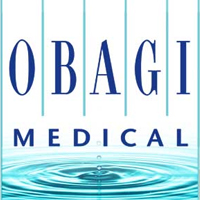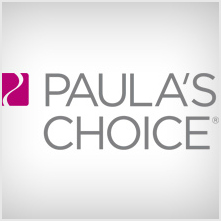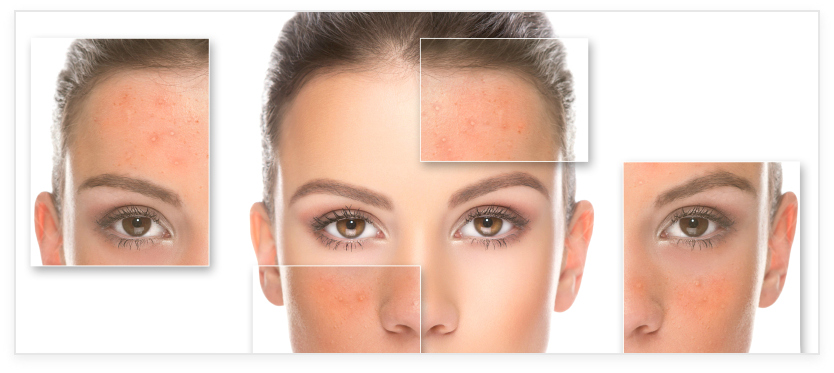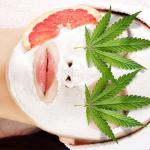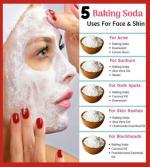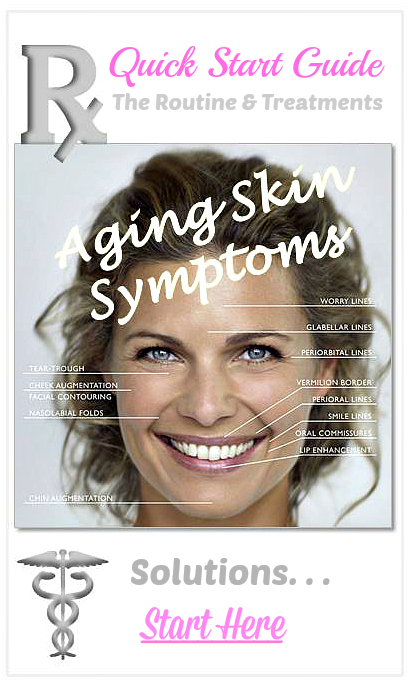- Home
- Product Resources
- Facial Skin Peel At Home
DIY Facial Skin Peel at Home
Peel away that aging skin
Pssst. . .
Your skin really needs it!
Extensive research shows that skin peels are an especially effective skin rejuvenation strategy. This is especially true when used in concert with other anti-aging skin care treatments.
Peels are intended to remove the outermost layer(s) of the skin.
To accomplish this task, the chosen peel solution induces a controlled injury to the skin, resulting in the wound healing process. This in turn. . .
Stimulates the regeneration of new tissue.
A DIY facial skin peel at home helps to remove the dead cells as you peel the facial mask, revealing regenerated skin that is smoother and less wrinkled than the old skin.
The rejuvenating benefits of facial peels include:
- Improved overall skin tone
- Boost skin health
- Skin hydration
- Reducing the incidences of blemishes
- Deeply cleanse, and detoxify
- Tightening and firming skin
- Brighter more even skin tone
An occasional DIY facial skin peel at home is not only a wonderful pampering experience but an extremely beneficial rejuvenation strategy for addressing a variety of aging skin symptoms.
Simply substitute your daily exfoliation treatment once every month or so with a DIY facial peel.
a DIY facial skin peel at home revitalizes your skin making it wonderfully soft, radiant, smooth and healthy looking.
IMPORTANT TIP:
If you have never done a peel before, start with a very light strength suitable for your skin type, then gradually work up to a stronger formula suitable for home use.
a Do-it-yourself facial skin peel at home is the same as a professional chemical peel except a much lower concentration
There are three basic types of skin peel treatments:
- The DIY home light skin peel
- Medium peel typically performed by a licensed aesthetician
- Deep peels are performed by a dermatologist or plastic surgeon
Chemical peels are a type of exfoliation using an acid that dissolves and removes dead cells on the surface, revealing younger cells below.
The DIY home light peels exfoliate the outermost layer of skin, while medium and deep peels go into the skin’s living tissue (dermis), and requiring healing time. The deeper the peel, the more improvement in the reduction of fine lines, wrinkle depth, improvement in skin tone, age spots and sun damage.
The most common DIY facial skin peel at home treatments:
Alpha hydroxy acid (AHA) peels
Alpha hydroxy acids (AHAs) are naturally occurring acids such as glycolic acid, lactic acid, citric acid, malic acid and tartaric acid. Peels using fruit acids (citric) and lactic acid are milder and gentler on the skin while glycolic acid- depending on the concentration- can be a bit harsher.
Beta hydroxy acid (BHA) peels
Salicylic acid is the most common form of beta hydroxy acid used in peels. It has antibacterial and anti-inflammatory properties and, therefore, usually recommended for acne prone and oily skin types.
Vitamin A Peel
Retinoic acid is a retinoid, active form of Vitamin A. DIY home peel formulations using retinol will typically combine other active exfoliant agents.
Stronger retinol peels are performed by a licensed medical professional in medical or spa setting because it is a much deeper peel than an AHA or BHA peel.
Bear in mind . . .
Over exfoliation can actually create skin problems and/or damage, so be very careful.
Like microdermabrasion, skin peels are another way to achieve the removal of the older, outermost layer of skin to stimulate new skin cell growth. Depending on your skin type and aging skin symptoms, a DIY facial skin peel at home treatment may need to be repeated every few weeks before achieving similar results from a professional, deeper chemical peel.
Be sure to apply a rich moisturizer while your skin heals.
Sunscreen is an absolute must!
three top skin care lines specializing in professional grade DIY facial skin peel at home treatments.
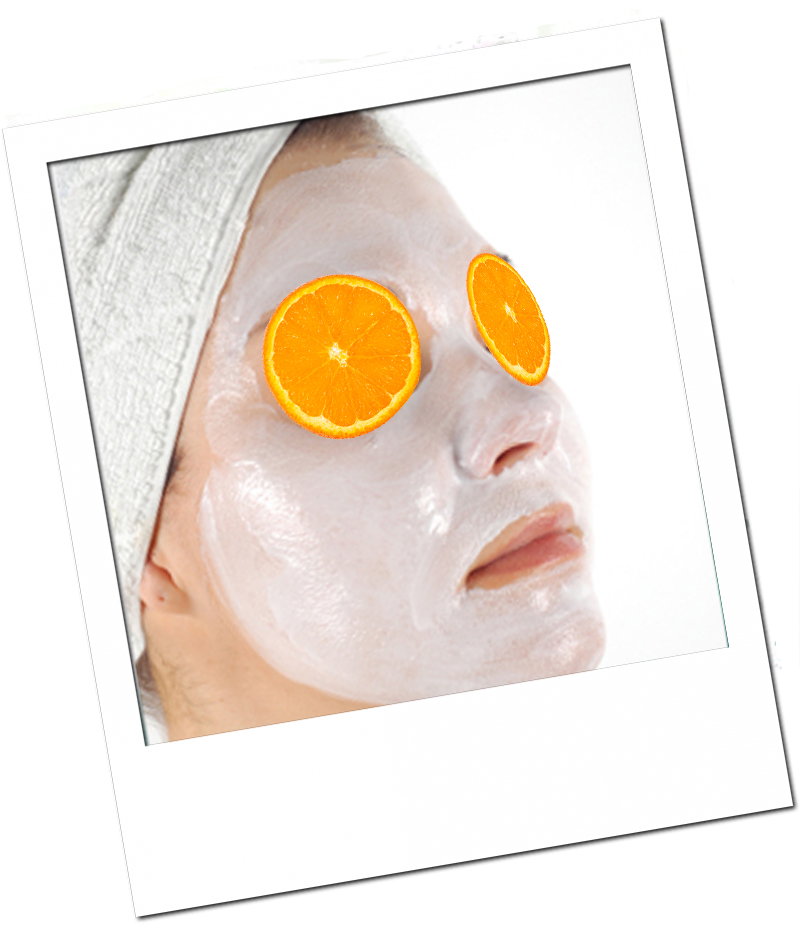
Quick Tip:
Do you happen to have an
orange, lemon or lime?
Make your own skin peel!
It's quick, easy and inexpensive.
There are many natural treatments that work amazingly as part of any anti-aging skin care routine.
